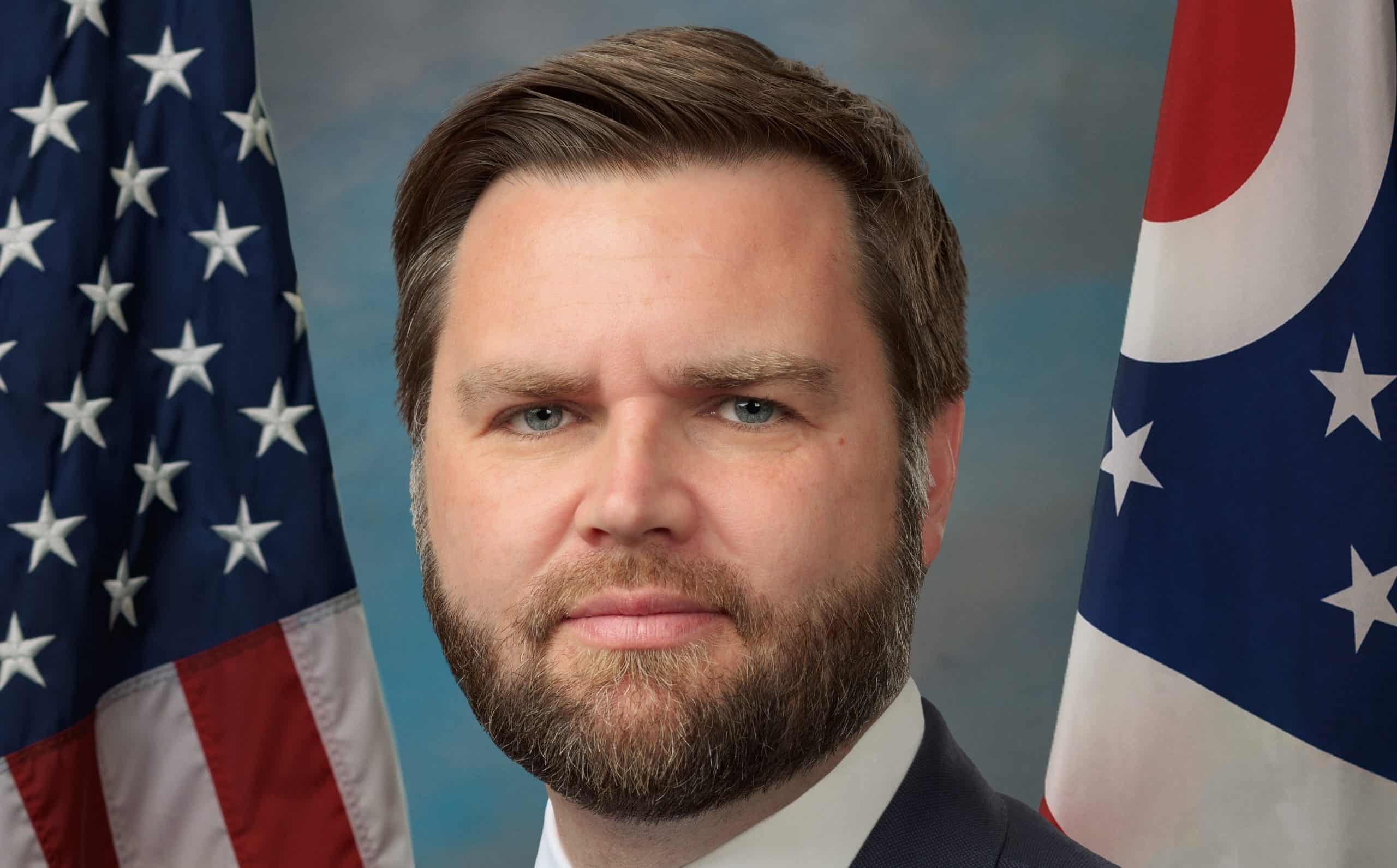J.D. Vance has made a remarkable shift not only in the political arena but also in grooming norms. His decision to grow a beard marks a significant departure from the clean-shaven look that has dominated U.S. politics for decades. As the vice-presidential candidate alongside Donald Trump, Vance stands out with his salt-and-pepper beard, a look that has not been seen at this level of office in nearly a century.
Breaking the “Beard Barrier”
In modern American politics, facial hair has been virtually absent among presidential and vice-presidential candidates. The last vice president with any facial hair was Charles Curtis, who sported a mustache and left office in 1933. Vance’s decision to keep his beard challenges this long-standing norm and introduces a generational shift.
Historical Grooming Trends:
| President | Facial Hair Type | Years in Office |
|---|---|---|
| Abraham Lincoln | Full Beard | 1861-1865 |
| Ulysses S. Grant | Full Beard | 1869-1877 |
| Rutherford B. Hayes | Full Beard | 1877-1881 |
Facial hair was popular among leaders during the mid-19th century, but the trend faded around the early 20th century. Concerns over hygiene and changing styles contributed to the decline of bearded politicians.
Trump’s Stance on Facial Hair
Donald Trump has been known for his preference for a clean-shaven appearance. He notably advised his son, Donald Trump Jr., to remove his beard during the pandemic. Despite this, Trump has chosen Vance as his running mate, indicating some flexibility in his views. Trump’s comment comparing Vance to “a young Abraham Lincoln” suggests a positive reception of Vance’s bearded appearance.
Influence of Vance’s Beard
Vance’s beard has drawn considerable attention and sparked discussions about its implications. Matty Conrad, a master barber, noted the potential for Vance’s look to signal a return to an era where facial hair was more common among politicians. A well-maintained beard, according to Conrad, can project confidence and maturity.
Pros of Vance’s Beard:
- Symbolizes a shift in style norms.
- Projects a more mature, rugged image.
- Attracts attention and generates public interest.
Cons of Vance’s Beard:
- Breaks from the long-standing tradition of clean-shaven politicians.
- Risks alienating voters who prefer a conventional look.
Historical Shifts in Facial Hair Among Politicians
Throughout American history, facial hair has had its ups and downs among top leaders. Lincoln’s decision to grow a beard, prompted by a letter from an 11-year-old girl, set a trend during his time. Following Lincoln, the majority of presidents sported some form of facial hair until the early 20th century, when clean-shaven faces became the norm.
The 20th and 21st Centuries
After William Howard Taft, facial hair largely disappeared among presidential and vice-presidential candidates. Only two candidates with facial hair—Charles Evans Hughes and Thomas E. Dewey—ran for the highest office and both were defeated. Their losses, particularly Dewey’s, were partly attributed to their appearance, with observers often fixating on their mustaches.
The Role of Public Perception
Personal appearance has always played a significant role in political success. The famous Kennedy-Nixon debates illustrate this point well. People who watched the debates on television favored Kennedy, who appeared more composed and visually appealing, while radio listeners preferred Nixon. Vance’s beard might similarly attract attention and influence public perception in various ways.
Vance’s Transformation
Vance’s beard is more than just a style choice; it represents his transformation from a fresh-faced author to a seasoned politician. Known for his book “Hillbilly Elegy,” Vance initially presented a youthful, clean-shaven look. His beard, grown during his Senate run in 2022, signifies a shift to a more mature and rugged image.
Public and Media Response
The media has widely covered Vance’s bearded look, fueling public interest and discussions about its impact. Some view it as a symbol of his evolution and newfound alignment with Trump, while others criticize or question the move.

